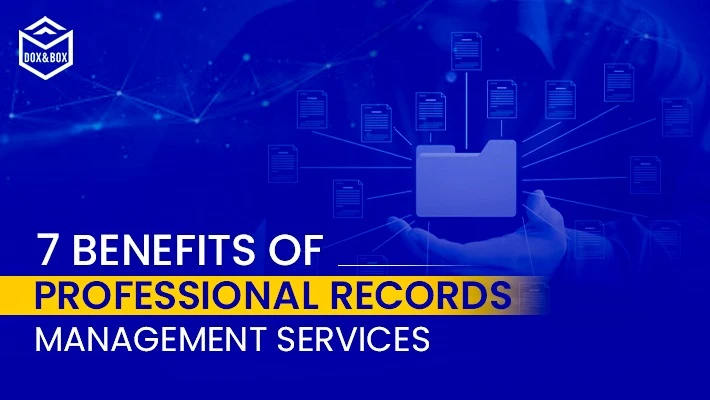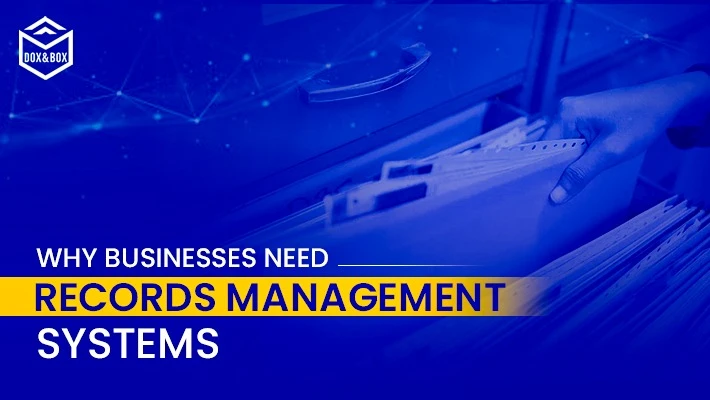Oct 16, 2025
The term digital transformation has become increasingly popular in recent years, amid the worldwide white noise about organizations investing substantial time, effort, and capital in digital transformation. With the introduction of COVID vaccinations, we may begin to imagine a time when the workplace will return to normal – whatever "normal" means. Let’s take a step back and address the most basic question: What does digitization reforming your business mean?
It would be an understatement to suggest that the pandemic has influenced our lives. There isn't a single aspect of our life that hasn't been affected by technology, from how we connect with friends and family to our daily routines and workplaces.
● People have discovered new ways to contact faraway friends regularly and be productive outside of the usual workplace setting in the last year. Many employees and businesses may no longer see the need to come into the office every day after almost a year of working remotely.
● With the large-scale return to offices still a quarter or two away, now is the moment to start planning and executing strategies to improve the new average – before your office resumes normal activity levels. Doing so now will put you ahead of the competition, which is still stuck in the paper age.
● Getting rid of paper has environmental, space, regulatory, and expense benefits in addition to allowing quick file access for distant personnel. Using record management with OCR technology.
Is it only a matter of keeping up with the latest technology and software? Is there a deeper meaning to the transition related to how customers desire to interact with your brand? In this blog post, we look at what it's like to digitally change your business in 2021, what to expect, and how it can help you achieve your goals if done correctly.
What is the definition of digital transformation?
Digital growth ensures that a firm can exist and grow despite the numerous technical changes occurring across the world, much like biological evolution ensures that a species survives the many shifting conditions.
Simply, digital transformation is the act of modifying or creating new business processes using emerging digital technology. While many businesses see digital transformation as a disruption, there's no denying that it adds tremendous value to the organization and provides a wide range of benefits.
Sales, marketing, and even customer service are all affected by digital transformation. It extends beyond enterprises attempting to suit the market's changing wants and stay ahead of the competition. Customer involvement is the most critical component in digitization. Basically a function helping to do your work efficiently even in record management with OCR technology.
5 STEPS TO DIGITIZE YOUR BUSINESS AND GET A HEAD START ON YOUR COMPETITORS
Here are the five stages we've put together to get your team started on establishing a customized digitization strategy:
Set Digitization Objectives - It's not good enough to digitize for the sake of digitization. Before you start, you must first understand your motivations. Understanding why you want to digitize can help you engage with partners, vendors, and stakeholders more effectively. There is no one-size-fits-all solution; each company's situation will be unique. A plan based on sustainability, for example, may have different digitization goals than one based on cyber security also helps in record management with OCR technology.
Don't rely on the default save option to save everything - It is not a strategy to digitize everything. To begin, determine what your organization needs and conduct a thorough audit. Perhaps you'll conclude that you do need to keep everything. However, if you have stacks of paper invoices marked "paid" dating back to 1977 and have no plans to use them again; digitizing them would be a waste of time, money, and gigabyte space.
You should take a thorough inventory of the paperwork your company already has and determine what should be saved first and what should be discarded.
Following this inventory, you’ll need to devise a strategy for imaging. Anything your team doesn't want to keep should be disposed of safely. An audit that goes back in time will assist you in consolidating for the future.
Processes and procedures should be established - Firm strategies are required in your post-COVID, post-imaging business life. What method will be used to image paperwork? After the documentation is digitized, what happens to it? What is the safest way to get rid of digitized stored items, and how long does privacy last? For example, if your company accepts credit card orders, you might elect to save charges for three years, tax papers for five years, and contracts for ten years.
You're putting confidential information in danger if you don't address how your company intends to dispose of out-of-date or unwanted paper files. Your team's digitization effort will be more successful if you establish clearly defined document digitization services from the start.
Make a security plan - Despite the news stories about hackers and data breaches, digitization combined with a solid security strategy is critical. It is also becoming more the law to secure clients' private information by giving data protection. Yes, hackers can gain access to data that isn't well-protected so it's very important to have data protection. However, a tragedy such as a fire can destroy years of data, and your company could be lost forever. There's no way to get a paperback after it's gone.
With digitization, the chances of such a failure are slim to none. As your company refines its digital strategy, a cyber security blueprint should be created at the same time. An off-site, air-gapped storage option for susceptible data security could be the solution. It also helps to secure the data in record management with OCR technology.
Understand the Data Laws or the privacy rules - If you store credit card information, healthcare records management, or financial information in insecure document files, you're not just putting your organization at risk; you're also risking substantial fines and penalties from regulators. A growing number of organizations are enacting consumer privacy rules. The days of data sloppiness are over and data security is given.
Don't take shortcuts when it comes to training - Finally, you can't merely deploy a digitalization strategy and expect everyone to adopt the new routine immediately. Employees will need to be trained, jobs will need to be distributed, and everyone will require some time to adjust to the new system. To make your idea work, you'll need to put together a team of vendors, software, and stakeholders.
Digitization is a method of laying up a path for data to follow. Start planning today for a post-COVID world that isn't just normal but better, now that you have the steps to start your company's digitization journey.
Bottom Line
Employees that are skilled and motivated are the backbone of a thriving, expanding company. Paying a competitive wage isn't enough to attract them. Businesses that plan for expansion have a better chance of succeeding than those that do not. Keep up with industry advancements, consumer trends, and new technological investments. Have a clear vision of where you want to be in a year, three years, and five years.
Other businesses will continue to improve their services. If you want to keep one step ahead of the competition, you must do the same.







